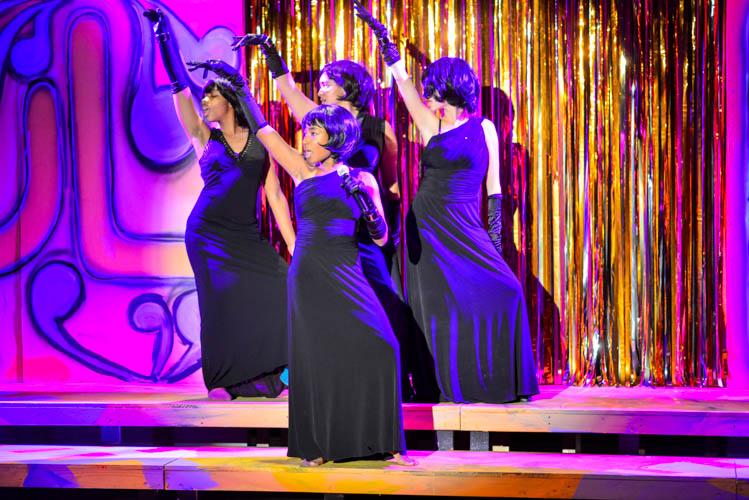This year’s version of the community-based project “Soul Nativity” is to be presented at the Harlem School of Arts (HSA).
It was developed by producer Alfred Preisser and choreographer Tracey Jack, and is based on Langston Hughes’s production of the “Black Nativity,” which was the first show to bring gospel music to the mainstream theater in 1961.
Preisser met Jack when she was 13, and they were both working on a production of “The Black Nativity” at the Apollo. A few years after that, they began collaborating professionally, and “Soul Nativity” was one of the fruits of that union.
The “Black Nativity” is a retelling of the classic “Nativity” story with an entirely black cast, and traditional carols being sung in gospel style. “Soul Nativity” is a modern advance on this idea making it more relevant to today’s secular society.
Similar to “Black Nativity,” the performance opens with the theater in complete darkness, and the audience only aware of the voices of the performers. The teenaged cast expressed anger and confusion about living in a world full of religious and territorial conflicts, police brutality and terrorism.





